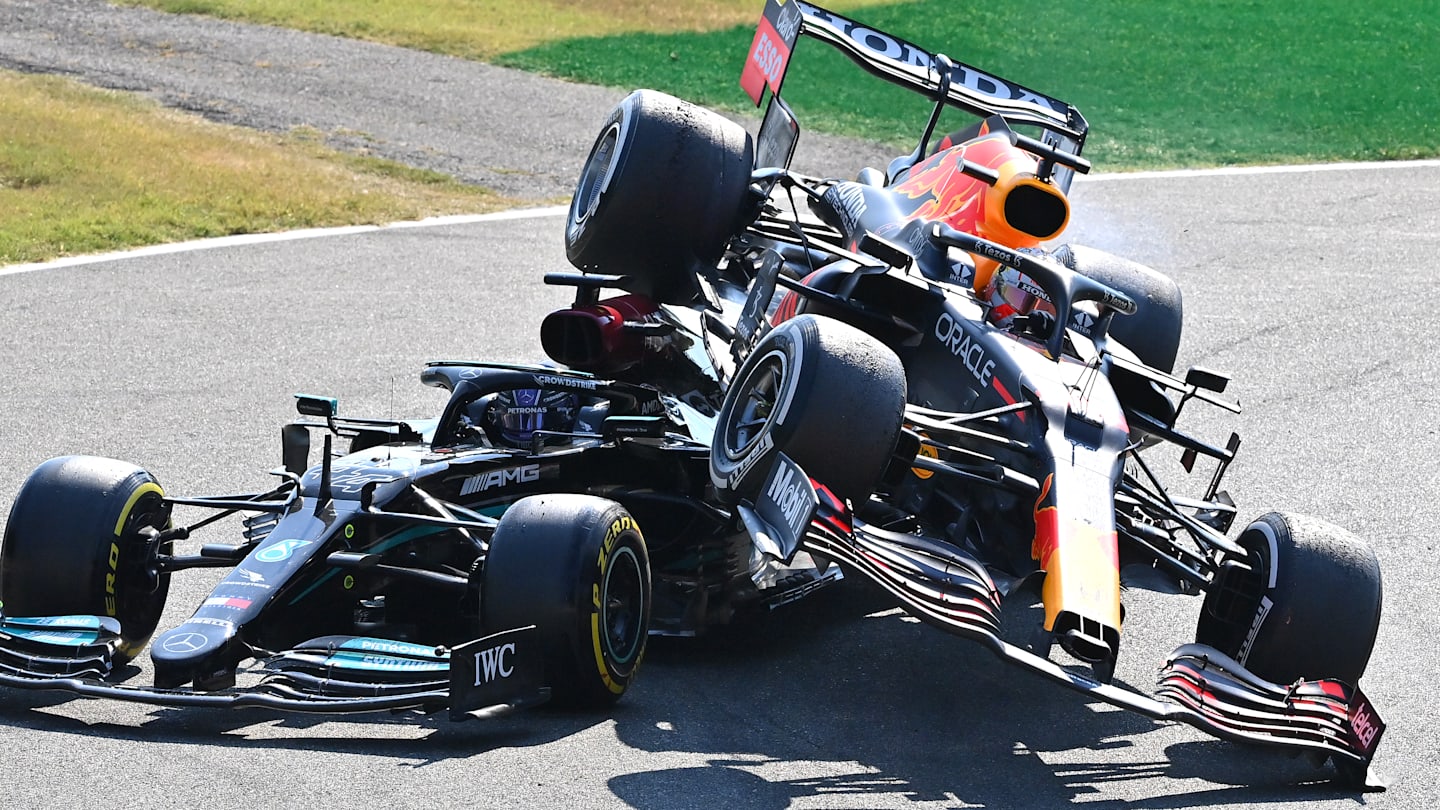
During a Formula 1 Grand Prix race weekend, spectators mostly concentrate on who will triumph in the race, any exciting overtaking maneuvers happening on the track, and thrilling battles unfolding before their very eyes, rather than pondering the actual difficulty level of the circuit.
Every circuit presents its own distinct challenges, and while some might seem simpler, circumstances like the weather can quickly alter their difficulty level. For instance, circuits like Monza and Spielberg are often deemed easy, but adverse weather conditions can turn them into quite a challenge.
Indeed, certain racetracks pose challenges for drivers throughout each racing season. Moreover, many of these challenging elements can be found at multiple tracks, demonstrating the high level of skill required in Formula 1, earning it the reputation as the pinnacle of motor sport.
What exactly are these factors?
street circuits are particularly thrilling and tend to offer unique difficulties compared to typical road-racing tracks; famous examples like Monaco, Singapore, Las Vegas, and Baku readily pop into fans’ minds upon hearing this description.
One reason stands out: Street circuits tend to be more compact, providing limited room for overtaking maneuvers and even maintaining the racing line. The margin for error is also reduced due to this confinement. However, a street track like Las Vegas buckles this trend because its extended straights make drivers vulnerable to being overtaken.
High-speed circuits, characterized by rapid corners, are often considered challenging due to their demand for intense concentration and exceptional driving skills. Both Silverstone and Circuit of the Americas feature sequences of swift bends that necessitate absolute focus.
Deviating from the track’s main path typically leads to reduced speed and wasted time, while incorrectly assessing throttle requirements could cause a driver to lose control over their car and crash into a barrier. Notable examples of such tricky turns include Maggots and Becketts.
To put it simply, a chicane is generally considered the trickiest single turn on any racetrack. In many cases, if a track starts with a chicane, it can lead to lots of excitement from the very beginning. Monza serves as an excellent illustration; drivers have a long stretch before reaching turns one and two, allowing them to build up speed and position themselves side by side approaching the chicane.
In 2021 at Monza’s chicane, one of the most notable events occurred. During turn two, a collision between Max Verstappen in his Red Bull and Lewis Hamilton in his Mercedes resulted in Verstappen’s car landing on top of Hamilton’s.
In the end, all these factors combine to offer an abundance of racing excitement among drivers at each Grand Prix, making Formula 1 truly lucky for having such a diverse selection of tracks on its annual schedule.
Read More
- Brawl Stars December 2025 Brawl Talk: Two New Brawlers, Buffie, Vault, New Skins, Game Modes, and more
- Clash Royale Best Boss Bandit Champion decks
- Best Hero Card Decks in Clash Royale
- Call of Duty Mobile: DMZ Recon Guide: Overview, How to Play, Progression, and more
- Clash Royale December 2025: Events, Challenges, Tournaments, and Rewards
- Best Arena 9 Decks in Clast Royale
- Clash Royale Witch Evolution best decks guide
- Clash Royale Best Arena 14 Decks
- Brawl Stars December 2025 Brawl Talk: Two New Brawlers, Buffie, Vault, New Skins, Game Modes, and more
- Decoding Judicial Reasoning: A New Dataset for Studying Legal Formalism
2025-01-31 14:32